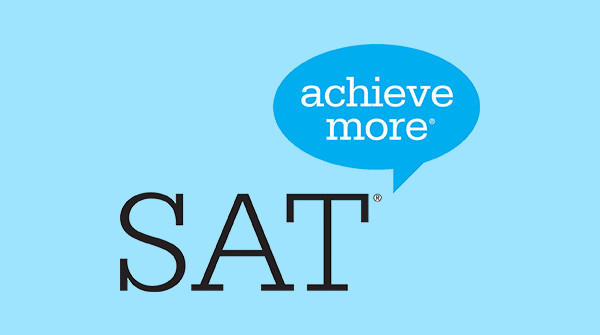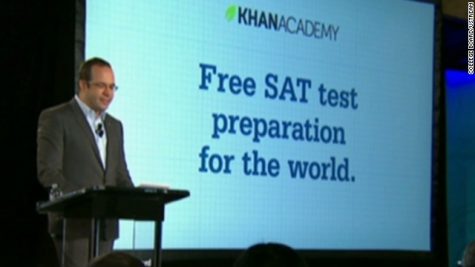The SAT – New Test, New Changes

Photo Credit: Taken from the DC College Counseling website
It’s that time of year when students prepare to take College Board’s SAT, this time with some distinct changes.
September 19, 2016

With new changes to the SAT, College board is also teaming up with Khan Academy to give free test prep so that students can afford the preparation.
A maximum of 1600? Optional essay? No penalty for incorrect answers?
These are among the many changes brought about by the College Board on their new 2016 SAT, a entrance exam test high schoolers across the United States take, used by universities and colleges to make decisions on admission, as said by The Princeton Review, a testing company that mingles with college admissions and the sorts of tests such as the SAT with which colleges look at.
It’s a test that proves to be difficult, being Math and English based and a way prestigious schools can compare all of their applicants. But to ease tensions felt by many throughout the years and to create more opportunities for students, the College Board has brought about some changes that might help out students, according to CNN.
As mentioned, the 2400 score is gone, with the return to the 1600 maximum score used in the past.
Yes, the essay portion is no longer mandatory, being optional to do, relieving the many hands of students. And according to Time magazine, the essay for the English section will now focus more on rhetorical analysis and requires students to read a passage, most of which are familiar, to do so. And another thing about the essay: it’s now being graded separately from the writing section.
Speaking of passages, there will be more of them that follow a complex structure, requiring students to find evidence for some questions. It’s part of a push from frustrated educators, according to CNN, for the importance of justifying arguments and statements rather than merely having statements.
The penalty for incorrect answers, however, is the biggest change yet, as it gives test-takers a chance to increase their score, and encourages guessing, something that was deemed inappropriate for the SAT in the past, CBS News reports. Keep in mind, though, that all incorrect answers account to 0 points, but if at least put down an answer, no points will be deducted for it being incorrect or if you leave it blank.
There are also only four choices on those typically 5 answer multiple choice answers, allowing for deduction to be much more simpler, in the eyes of USA Today College.
But the questions themselves will take some time to answer as they require multiple steps to get to, according to The Princeton Review’s website. The sections, while becoming shorter, will take a long time to get through; therefore, more time is being given: 3 hours and 50 minutes, that is.
The Math section is also undergoing a revamp, as calculators will not be allowed for some of the sub-sections, meaning that students will have to study the foundations of math due to the SAT’s emphasis on real-world problem solving is being put on the SAT.
As for those highly obscure and long words students are asked to know for the test? They’re hardly necessary, as the vocabulary in the reading and writing passages will be altered so they are more current familiar to students, but there will still be some need-to-know words that students must study.
Indeed, these changes are important to take in, but fortunately, College Board is teaming up with Khan Academy, a non-profit educational organization, to provide free test prep for students who are unable to pay for it.
One thing is clear amongst these changes though: “Studying prior with the knowledge of these changes is the key to success,” remarks CEO College Board President David Coleman. And he’s definitely right.

